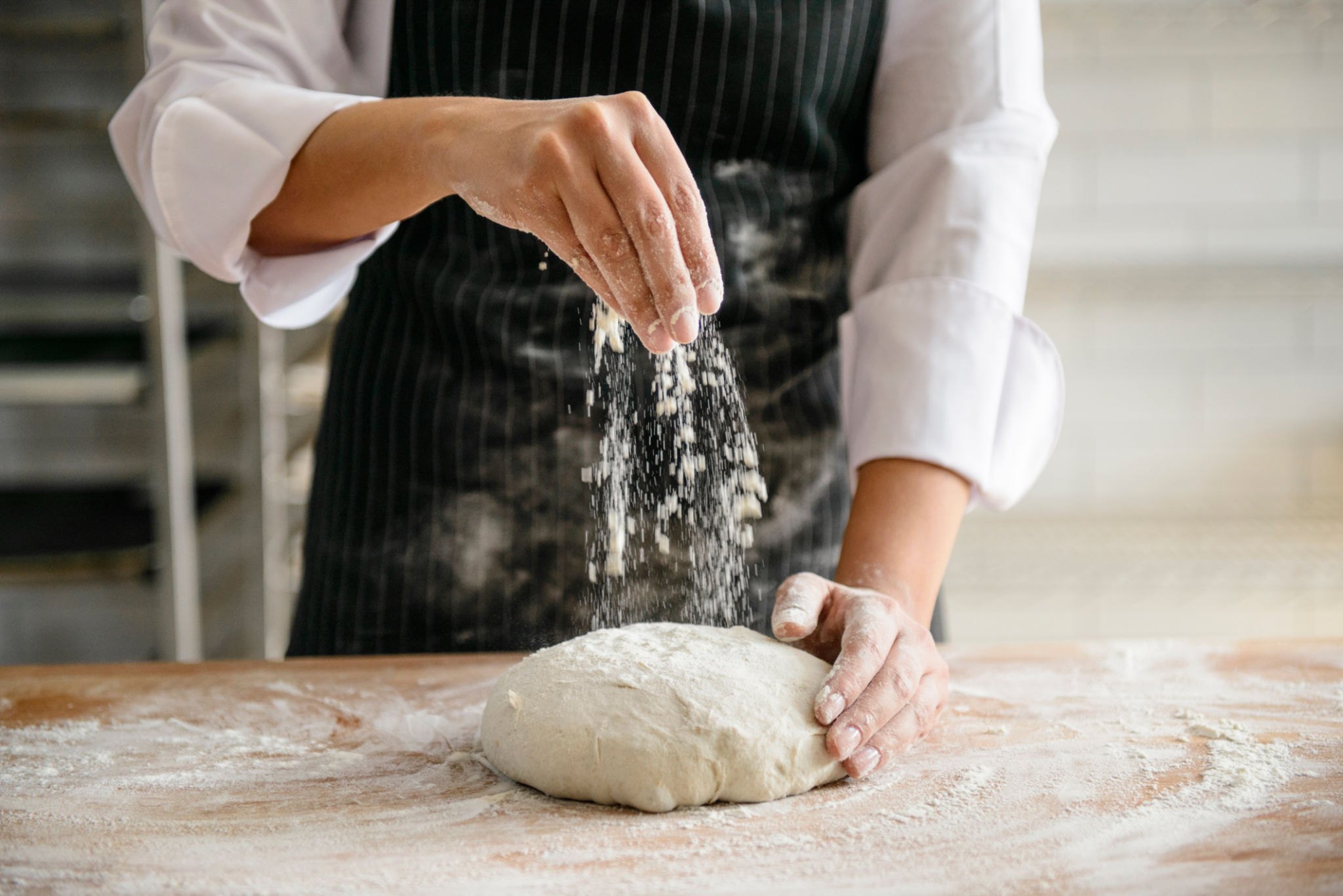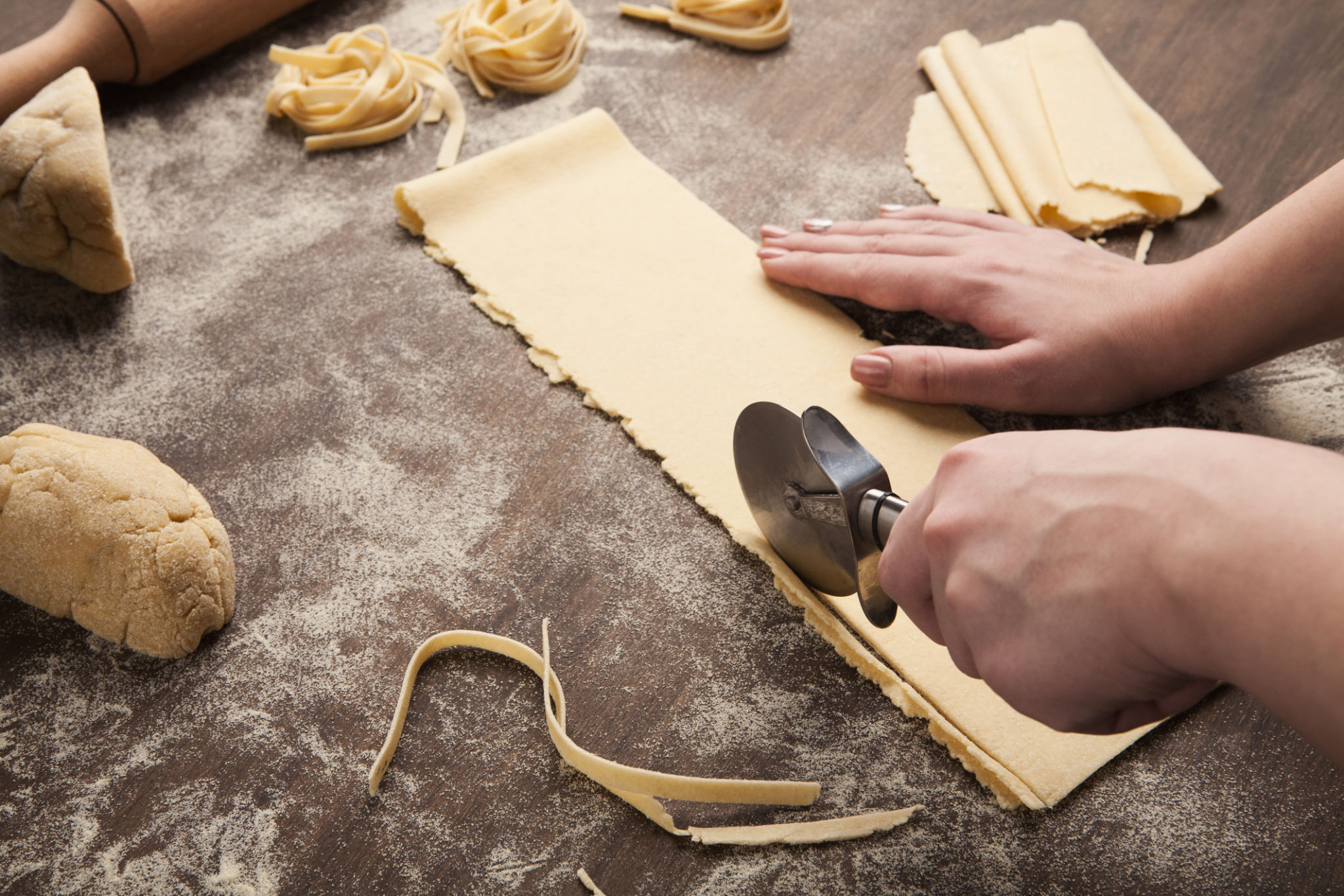Common Pasta Making Mistakes and How to Avoid Them
Understanding the Basics of Pasta Making
Pasta making is an art form that requires both patience and precision. However, even the most seasoned cooks can make mistakes that can lead to less-than-perfect pasta. Understanding some of the common pitfalls and how to avoid them can greatly improve your pasta-making skills.

One of the most frequent mistakes is not measuring ingredients accurately. When making pasta from scratch, it's crucial to have the right ratio of flour to eggs. A common guideline is 100 grams of flour for every large egg. This ratio ensures that the dough is neither too dry nor too sticky. Investing in a digital kitchen scale can be a game-changer for achieving the perfect consistency.
Choosing the Right Flour
The type of flour you use can significantly affect the texture of your pasta. Many beginners make the mistake of using all-purpose flour, which can result in pasta that is too soft. Instead, opt for semolina flour or "00" flour, which are high in protein and provide a firmer texture. These flours are traditional choices in Italian pasta making and will give your pasta the desired bite.
Mixing and Kneading Errors
Another common mistake is not kneading the dough long enough. Proper kneading develops the gluten, which is essential for giving your pasta structure and elasticity. Knead the dough for at least 10 minutes until it feels smooth and elastic. If your dough is too dry, add a few drops of water, but be careful not to overdo it.

Similarly, some beginners tend to overmix the dough. Overmixing can make your pasta tough, so it's important to stop once the dough reaches the right consistency. Aim for a dough that springs back when pressed lightly.
Rolling Out the Dough
Rolling out the pasta dough to the correct thickness is critical for achieving perfect pasta. Beginners often roll the dough too thick, which results in chewy pasta. Use a pasta machine or a rolling pin to achieve a thin, even layer. Remember, the pasta will expand when cooked, so it should be nearly translucent before cutting.
Drying and Cutting Techniques
Once rolled out, allowing your pasta dough to dry slightly before cutting can prevent it from sticking together. Lay out your dough on a floured surface and let it rest for about 15 minutes before cutting it into your desired shape.

Avoid cutting pasta too wide unless you're making specific types like pappardelle. For most pasta shapes, a width of 1/4 inch is recommended. This ensures even cooking and prevents clumping in the pot.
Proper Cooking Techniques
The final hurdle in pasta making is cooking it correctly. Be sure to use a large pot with plenty of salted water to prevent sticking and enhance flavor. Adding a splash of oil to the water is a common misconception; it's unnecessary and could prevent sauce from sticking to the noodles.
Cook your pasta until it's al dente, meaning it should still have a slight bite to it. This is often one or two minutes less than the package instructions if using store-bought pasta. Remember that fresh pasta cooks much faster than dried varieties, often in just 2-4 minutes.
By understanding these common mistakes and learning how to avoid them, you'll be well on your way to mastering homemade pasta. Practice makes perfect, so don't be discouraged if your first few attempts aren't perfect. With time and patience, you'll develop a knack for creating delicious, homemade pasta that rivals any Italian restaurant.